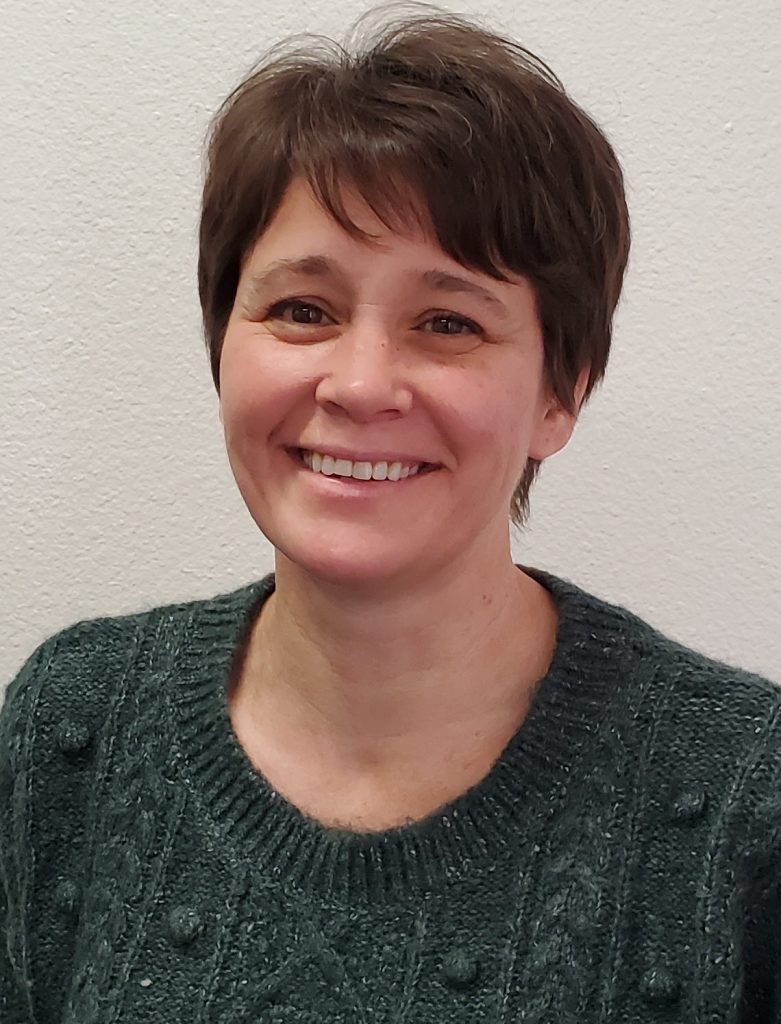The COVID-19 pandemic highlighted just how vital child care is for working families. Due to stay-at-home orders and virtual learning, nearly 20% of working-age adults cited child care difficulties as the reason they were unable to work. Half of parents working from home admitted they couldn’t commit themselves 100% during the work day and 30% needed to reduce their working hours.
And it’s not just families who benefit from quality child care: US businesses lose $3 billion annually to child care related absenteeism. On the other hand, for every $1 employers invest in their workers’ child care needs, they can see a return of up to $4 in the form of increased productivity and decreased turnover. Moreover, parents’ ability to work outside the home increases taxable revenues. Every public dollar invested in early childhood education saves $16 in special education, criminal justice and welfare costs.

“People are starting to recognize how beneficial it is—not just to the parents who need it, but to the community in general—to think about how child care fits into the infrastructure of everything,” says Kelli Newman, associate manager of community services with Child Action. “The ability to have affordable child care lets people make those choices that can improve their lives. If people are able to work (or) they’re able to go to school, they’re able to…help the economy of our whole community.”
Despite its import, affordable quality child care is hard to find. Cost—which can run several hundred dollars a month per child—is the biggest barrier for many families. Even before the pandemic, available spots in child care facilities were hard to come by, with many families on wait lists. For working parents with infants or those working outside the typical 9-to-5 weekday schedule, finding child care is even more difficult.
For example, based on recent data, District 2 in the City of Sacramento has approximately 10,000 children ages 0-4, but less than 2,500 licensed child care center slots, with capacity for only 25% of the area’s youngest and most vulnerable population. District 2 represents almost 15% of the requests for child care assistance in Sacramento County and in December 2021, 383 families in District 2 were on the Child Care Eligibility List waiting for help to pay for child care.

To help meet the needs of local working families, Child Action is partnering with BRIDGE Housing Corporation to create an on-site child care facility in District 2 at 440 Arden Way, an affordable housing complex currently in design. In Sacramento County, Child Action is the largest child care subsidy assistance program, linking families with providers that meet their needs and accept subsidies. The nonprofit also helps child care providers with licensing, ongoing professional development and trainings, program assessments and coaching.
“Child Action [has] been in business for 46 years and the only way we can continue the great work that we do in the community is to partner with other organizations doing great work in the community,” explains Julie Smith, communications officer with Child Action. “Just like our child care subsidy assistance payment support families in their economic development, these BRIDGE housing projects do the same thing. … It’s super exciting to have a project that thought about child care on the front end because that is always beneficial to the community.”






























